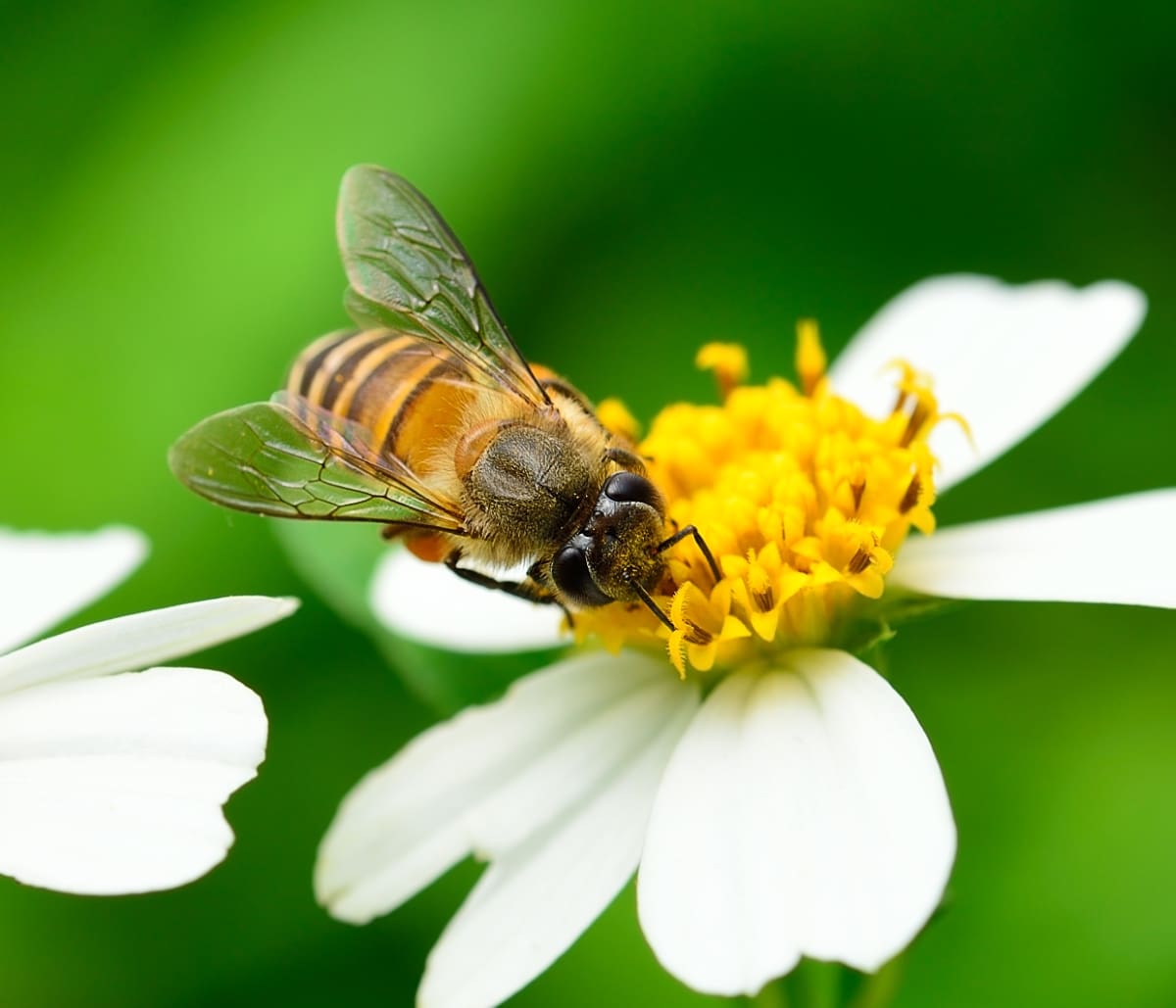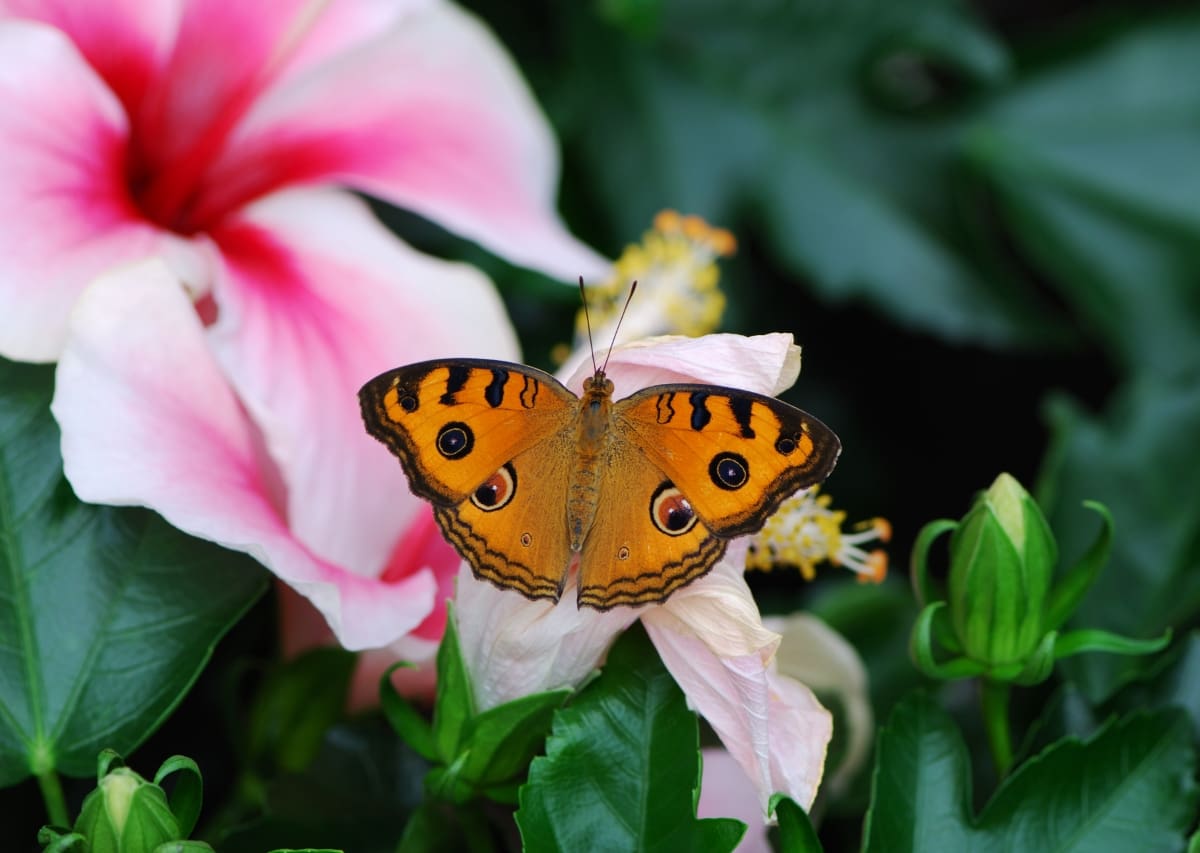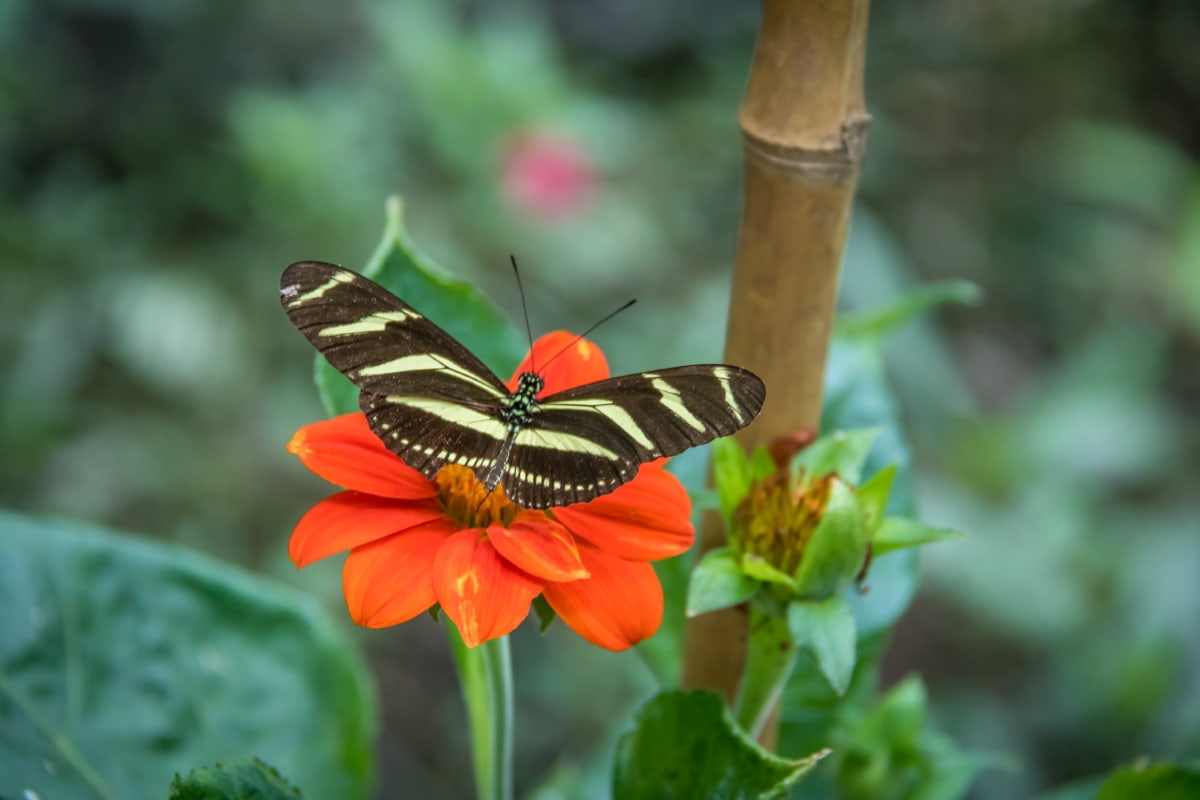Pollination is a vital process in gardening that facilitates the reproduction of plants by transferring pollen from the male to the female organs. While plants can rely on wind and water for pollination, the active involvement of pollinators like bees, butterflies, birds, and other insects significantly enhances the efficiency and yield of crops. To promote robust pollination in your home garden and support these essential pollinators, consider the following pollinator-friendly gardening tips.

How to Boost Pollination in Home Gardens
Choose Pollinator-Friendly Plants
Selecting pollinator-friendly plants is essential to foster biodiversity and to increase garden Pollinators in your garden. Opt for flowering species that provide abundant nectar and pollen, such as lavender, sunflowers, bee balm, and coneflowers. These plants attract a variety of pollinators, including butterflies, bees, and hummingbirds, with their vibrant blossoms and nutritious rewards.
Additionally, choose native plants whenever possible, as they have co-evolved with local pollinators and are well-suited to the region’s ecological conditions. By prioritizing pollinator-friendly plants, you create a welcoming environment for beneficial insects and birds, ensuring the health and productivity of your garden ecosystem.
Plant Native Species
Planting native species is crucial for home garden pollinator attraction and supporting local ecosystems in your garden. Native plants have evolved alongside native pollinators, forming specialized relationships that enhance pollination efficiency. Choose native plants for pollinators, such as milkweed, goldenrod, aster, and black-eyed Susan, which provide essential food sources for bees, butterflies, and other pollinators throughout the seasons.
These plants are adapted to local soil, climate, and environmental conditions, requiring less water and maintenance once established. By incorporating native species into your garden, you create a habitat that sustains native pollinators, fosters biodiversity, and contributes to the health and resilience of your local ecosystem.
Create a Diverse Garden
Aim to cultivate a variety of plants with different colors, shapes, and bloom times to attract bees and butterflies home. It also attracts diverse species of butterflies, birds, and insects throughout the growing season. Include flowering trees, shrubs, perennials, and annuals to provide continuous nectar and pollen sources. Incorporate plants with varying heights and textures to create microhabitats that cater to different pollinator preferences.
Also, consider adding non-flowering elements such as water features, rocks, and mulch to diversify the garden landscape and provide additional resources for pollinators. By implementing these diverse pollinator garden ideas in your garden, you create a resilient ecosystem that supports pollinator populations and enhances overall biodiversity.
Avoid Pesticides
Chemical pesticides can harm bees, butterflies, and other beneficial insects, either directly through contact or indirectly by contaminating their food sources. Instead of relying on synthetic pesticides, opt for organic pest control methods like hand-picking pests, using insecticidal soaps, introducing natural predators like ladybugs, or practicing companion planting to deter pests naturally.
In case you missed it: Top 10 Scented Flowers to Grow in Home Gardens in India

Prioritize plant health through proper soil management, watering, and crop rotation to reduce susceptibility to pests and diseases. By avoiding pesticides, you create a safer environment for pollinators to thrive, boosting pollination in gardens and the long-term health of your garden ecosystem.
Provide Water Sources
Providing water sources in your garden is essential for supporting pollinators, especially during hot and dry periods. Create accessible water features such as shallow dishes, birdbaths, or small ponds with gently sloping edges to allow easy access for bees, butterflies, birds, and other insects.
Place rocks or floating platforms in the water to provide landing spots and prevent drowning. Keep the water clean and fresh by regularly changing it to prevent the breeding of mosquitoes and other pests. By offering a reliable water source, you ensure that pollinators stay hydrated and active, contributing to effective pollination and the overall health of your garden ecosystem.
Create Habitats for Nesting and Overwintering
Creating habitats for nesting and overwintering is vital for supporting pollinators throughout their life cycle for creating eco-friendly pollinator gardens. Incorporate features such as bee hotels, brush piles, and undisturbed areas with leaf litter to provide shelter and nesting sites for butterflies, bees, and other beneficial insects. Select a variety of materials, such as hollow plant stems, twigs, and mud, to accommodate different species’ nesting preferences.
Also, leave some areas of your garden unmulched to create suitable overwintering habitats for ground-nesting bees and other insects. By providing these essential habitats, you encourage pollinators to establish populations in your garden, ensuring their continued presence and contribution to pollination services.
Plant in Clusters
Planting in clusters enhances pollination efficiency by attracting pollinators and increasing flower visibility. Grouping plants of the same species or with similar bloom times creates a concentrated food source for bees, butterflies, and other pollinators, reducing the energy they expend searching for nectar and pollen. Clustering also facilitates cross-pollination within plant species, leading to better fruit and seed set.
Ensure adequate spacing between clusters to allow for easy movement of pollinators between flowers. By planting in clusters, you create vibrant floral displays that not only beautify your garden but also provide essential resources for pollinators, supporting their populations and enhancing overall pollination success.
Incorporate Plants for Night Pollinators
Choose night-blooming flowers such as evening primrose, moonflower, and nicotiana to accommodate nocturnal visitors like moths, bats, and certain types of bees. These plants typically have pale or white flowers with strong fragrances to attract night-flying pollinators in low-light conditions.
By including species that cater to night pollinators, you extend pollination activity beyond daylight hours, ensuring continuous reproductive success for nocturnal plants and enhancing overall ecosystem resilience. Additionally, observing night pollinators adds an intriguing dimension to your garden experience, enriching your connection with nature’s diverse cycles.
Use Mulch Sparingly
While mulch helps retain soil moisture, suppress weeds, and regulate soil temperature, excessive mulching can create barriers for ground-nesting bees and other beneficial insects. Limit mulch application to areas where weed control is necessary or around newly planted seedlings to conserve moisture.
In case you missed it: The Benefits of Having Snake Plants in the Home

Leave bare soil patches or use mulch alternatives like gravel or ground covers in areas where pollinators require access to the ground for nesting or foraging. By using mulch judiciously, you provide essential habitat diversity and ensure that pollinators can thrive in your garden, contributing to successful pollination and overall ecosystem health.
Let Some Plants Go to Seed
Allowing some plants to go to seed is a beneficial practice for supporting pollinators and promoting biodiversity in your garden for creating pollinator habitats at home. Allowing flowers to complete their life cycle and produce seeds provides essential food sources for seed-feeding pollinators like birds and insects. Additionally, allowing certain plants to self-sow encourages natural regeneration and perpetuates the plant population in your garden.
Choose a variety of plants that produce seeds attractive to different types of seed-feeding pollinators, such as finches and sparrows. Leave spent flower heads intact and refrain from deadheading to allow seeds to mature and disperse naturally. By letting some plants go to seed, you create a self-sustaining ecosystem that supports pollinators and enhances the ecological balance of your garden.
In case you missed it: How to Grow Saffron Indoors: Get Excellent Profits with Saffron Farming At Home in Containers

Conclusion
In conclusion, fostering robust pollination in home gardens requires a systematic and thoughtful approach that prioritizes the needs of pollinators. By implementing these organic gardening for pollinators strategies, gardeners can create thriving ecosystems that support a diverse array of pollinators. By working in harmony with nature, we can enhance pollination and cultivate healthier, more productive gardens.
- Feed Your Flock for Less: Top 10 Tips to Save on Chicken Feed
- Ultimate Guide to Ossabaw Island Hog: Breeding, Raising, Diet, and Care
- Hatching Answers: The Top 10 Reasons Your Chickens Aren’t Laying Eggs
- Eggs and Economics: Breaking Down the Cost of Raising Backyard Chickens
- Defend Your Greens: Proven Methods to Keep Iguanas Out of Your Garden
- Ultimate Guide to Cinnamon Queen Chicken: A Comprehensive Guide for Beginners
- Ultimate Guide to California Tan Chicken: Breeding, Raising, Diet, Egg-Production and Care
- Ultimate Guide to Marsh Daisy Chicken: Breeding, Raising, Diet, and Care
- 10 Types of Chicken Farming Businesses You Can Start for Profits